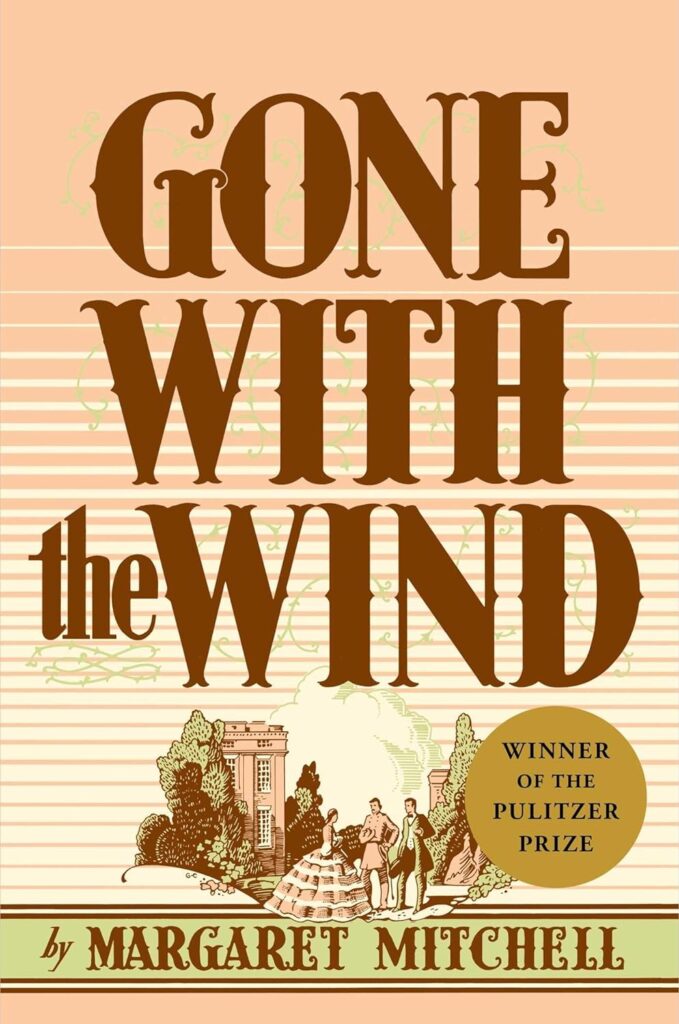Today, we’re talking about love triangles – those juicy, emotional rollercoasters that keep us up reading way past bedtime. Whether you love them or hate them, love triangles play a key role in good romance books, adding layers of tension, drama, and depth. So, grab a comfy seat and let’s dive into why love triangles are such a beloved (and sometimes controversial) element in our favorite love stories!
The Important Role of Love Triangles in Good Romance Books
Adding Tension and Conflict
Love triangles are a fantastic way to bring tension and conflict into good romance books. When a main character is torn between two love interests, the plot becomes dynamic and unpredictable. Readers are constantly on edge, wondering who will be chosen and what the consequences will be for everyone involved. This tension drives the narrative forward and keeps readers hooked.

Example:
In “Twilight” by Stephenie Meyer, Bella Swan is caught between Edward Cullen, a vampire, and Jacob Black, a werewolf. The tension between these two supernatural beings adds layers of conflict and drama to the story.
Deepening Character Development
Love triangles help deepen character development in good romance books. As the protagonist navigates their feelings and makes tough choices, their true character is revealed. The competing love interests are also fleshed out, showcasing their strengths, flaws, and motivations. This complexity makes the characters more relatable and multidimensional.

Example:
In “The Hunger Games” by Suzanne Collins, Katniss Everdeen must choose between Gale Hawthorne, her long-time friend, and Peeta Mellark, her fellow tribute. Her interactions with both men highlight different aspects of her personality and values.
Exploring Themes of Love and Sacrifice
Love triangles often explore themes of love and sacrifice. The protagonist’s decision can lead to happiness for one character and heartbreak for another, underscoring that love often involves difficult sacrifices. These themes resonate deeply with readers, making the story more impactful and memorable.

Example:
In “The Selection” series by Kiera Cass, America Singer is torn between her first love, Aspen, and the charming prince, Maxon. Her journey delves into themes of duty, loyalty, and the sacrifices one makes for true love.
Creating Emotional Investment
Readers become emotionally invested in love triangles because they can see themselves in the characters’ dilemmas. The uncertainty and emotional turmoil experienced by the protagonist mirror real-life complexities of love and relationships. This emotional investment makes the story more engaging and unforgettable.

Example:
In “Gone with the Wind” by Margaret Mitchell, Scarlett O’Hara’s turbulent relationships with Ashley Wilkes and Rhett Butler create an emotional rollercoaster that keeps readers deeply invested in her journey.
Enhancing Plot Complexity
Love triangles add layers of complexity to the plot, often leading to unexpected twists and turns. They can complicate the protagonist’s goals, introduce new conflicts, and create alliances or rivalries. This complexity enriches good romance books, making them more compelling and unpredictable.

Example:
In “Outlander” by Diana Gabaldon, Claire Beauchamp is torn between her life with her 20th-century husband, Frank, and her newfound love for Jamie Fraser in the 18th century. The love triangle complicates her efforts to navigate and survive in the past.
The Drama of Love Triangles
These intricate relationships add tension, deepen character development, explore profound themes, and create emotional investment, all while enhancing plot complexity. Whether you’re a fan of the drama or find yourself frustrated by the indecision, there’s no denying that love triangles make for compelling and unforgettable storytelling.
So, the next time you pick up a good romance novel, embrace the twists and turns of a love triangle and let yourself be swept away by the passion, conflict, and heartache. Happy reading!

